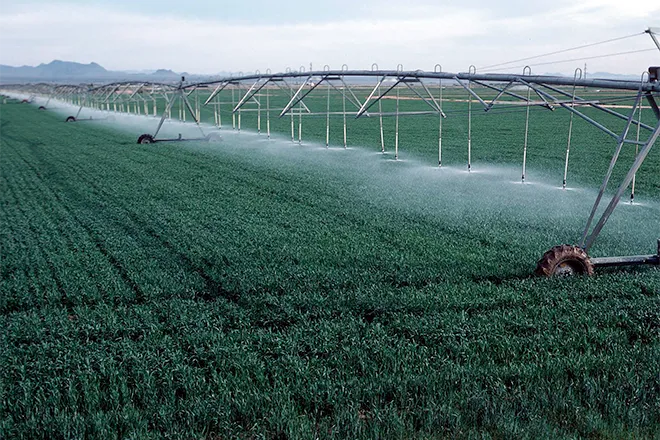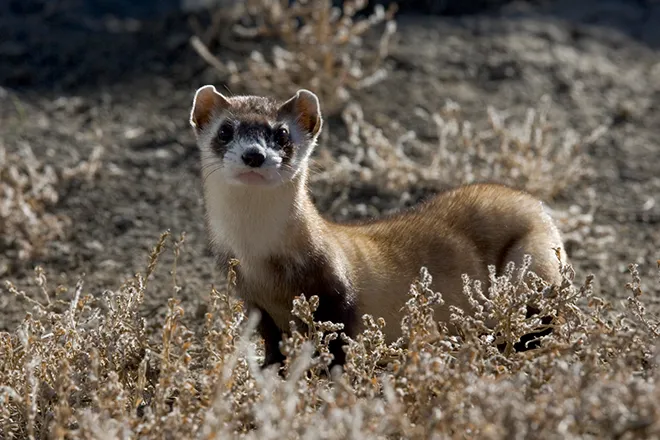
Heart Association spreads CPR, AED lifesaving skills across rural Alaska
Click play to listen to this article.
The Alaska branch of the American Heart Association is helping save lives by teaching the use of cardiopulmonary resuscitation and automated external defibrillators in rural communities.
In a medical emergency, such as a heart attack, time and distance can be a formidable obstacle in rural Alaska for getting a patient to a hospital. The association said only about 10 percent of people who suffer a cardiac arrest outside a hospital will survive but access to CPR or a defibrillator can triple those odds.

Kristin George, executive director of the American Heart Association of Alaska, said it is all about keeping the blood flowing.
"The benefit of having CPR and AED education is restarting the heart," George explained. "If we can keep the blood flowing to the heart, then we're not losing any of the parts we need. The reason we do the education is to continue to keep that heart beating."
George noted by 2030, the association plans to visit more than 220 rural Alaskan villages. Each visit will include a hands-only CPR and AED skills session led by a LifeMed Alaska expert. Each town will get a CPR Anytime Training Kit, so residents can practice their skills and teach others.
George pointed out the goal is to increase the number of residents in Alaska's rural communities trained to provide chest compressions or apply an external defibrillator to restart a heart. She emphasized many remote villages in Alaska are detached from the state's road system, meaning it can take a long time for medical help to arrive.
"Any village that's out on the coast or anything like that is going to be pretty much unable to get there without a plane," George observed. "Or if you wanted to take the longest trek of your life and do it sled dog or by snow machine."
George added the Association has set a goal of doubling the survival rate from cardiac arrests in Alaska by 2030. The Foss Family Foundation and LifeMed Alaska are sponsoring the rural Alaska effort.

















